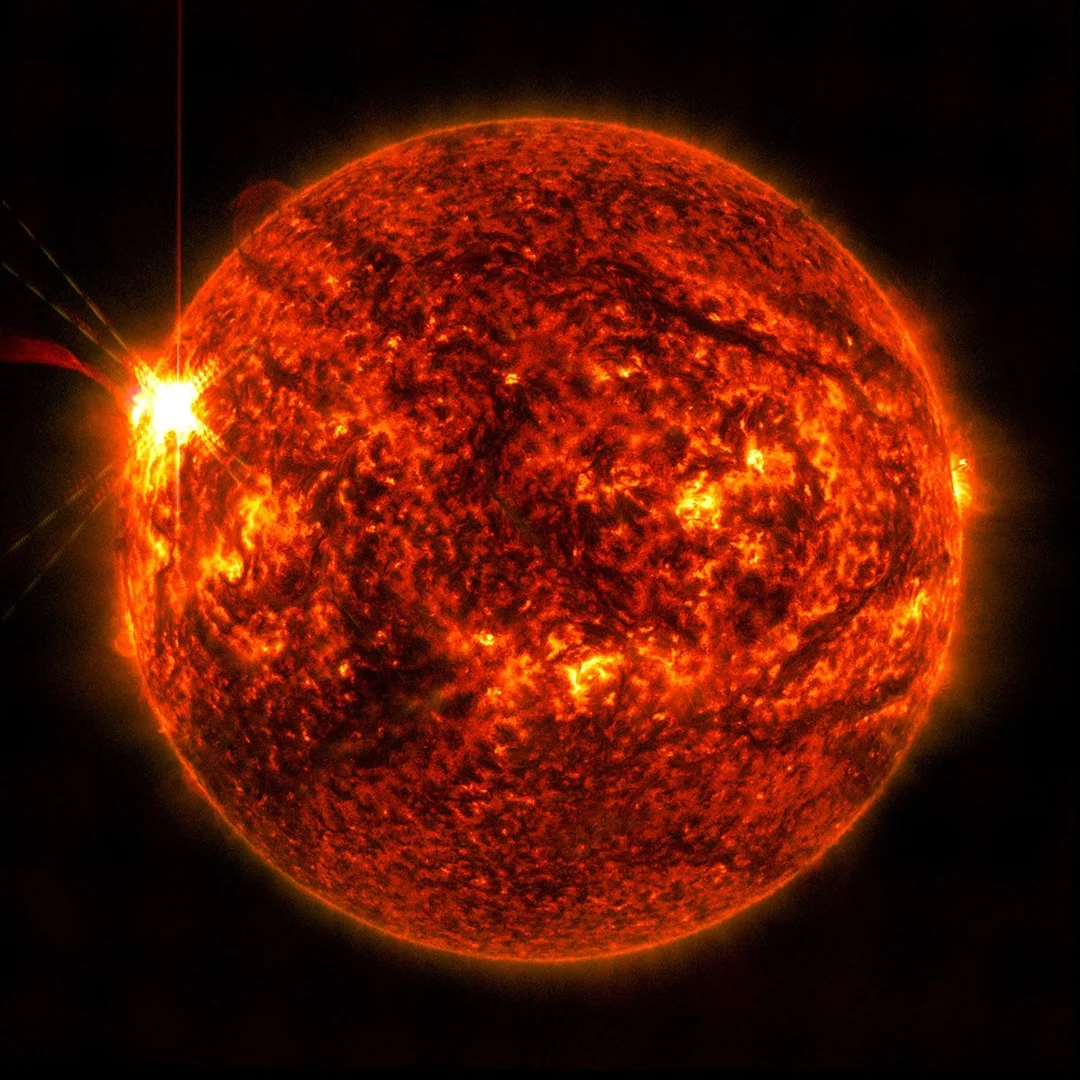
NASA Warns of Solar Flare Blackouts: Expert Analysis and What You Need to Know
NASA has issued warnings regarding significant solar flares observed on the Sun, raising concerns about potential blackouts on Earth. This news has sparked discussions among astronomers and space weather experts, emphasizing the current peak of the Sun's 11-year activity cycle.
The news broke following two major X-class solar flares recorded on May 13th and 14th, 2025. According to NASA, these flares, particularly the X2.7 flare, represent the most powerful eruptions of the year. This powerful flare triggered radio blackouts across parts of the Middle East, disrupting high-frequency radio signals for about 10 minutes, according to the National Oceanic and Atmospheric Administration (NOAA).

These events coincide with the sun reaching itssolar maximum, a result of the star’s magnetic poles flipping, leading to increased solar activity. The implications of these flares extend beyond radio disruptions. NASA cautions that ongoing flares and solar eruptions could impact "radio communications, electric power grids, navigation signals, and pose risks to spacecraft and astronauts." The Sun’s most active region is currently rotating to face Earth, amplifying concerns.
The Met Office's space weather forecast also highlighted the presence of multiple sunspot regions on the Sun, with a new region rotating into view. Vincent Ledvina, a space photographer, noted the intensity of the situation, especially with the active region turning closer to Earth.

While the harmful radiation from solar flares doesn't reach Earth, disruptions can occur to high-frequency radio waves, potentially causing communication blackouts. NOAA uses a scale to measure solar flares, with events around X1 indicating strong intensity and X10 being a severe event. The most powerful flare ever measured was an X28 in 2003.
Despite the recent solar activity, NOAA's Space Weather Prediction Center (SWPC) suggests a lower chance of significant solar flares in the coming days. "The risk for (high frequency) radio degradation through the rest of the week is low," stated Shawn Dahl, NOAA's SWPC Service Coordinator.
The recent solar flare activity serves as a reminder of the Sun's dynamic nature and its potential impact on our technology and infrastructure. While the immediate threat may be low, continued monitoring and research are crucial to mitigating potential disruptions. What measures do you think should be prioritized to protect critical infrastructure from solar events? Share your thoughts and concerns in the comments below.